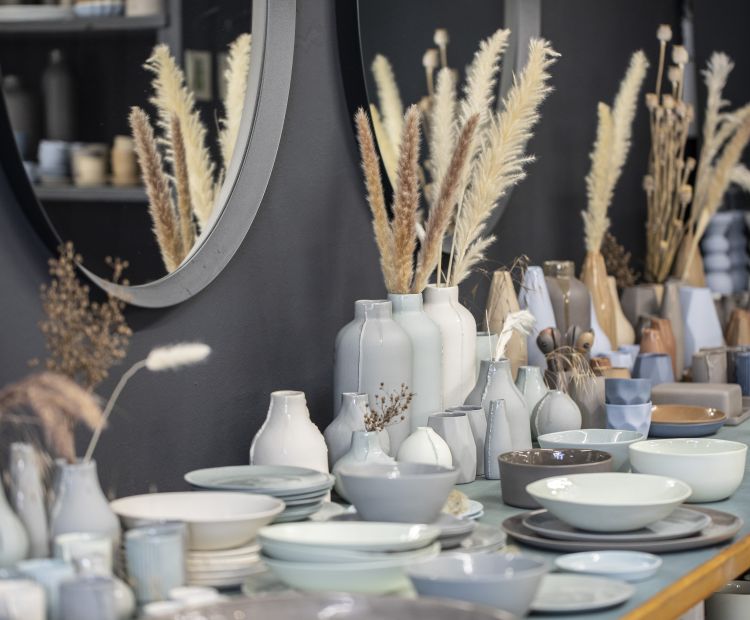This beautiful handmade porcelain tableware from Lustenau has been the pride of kitchen tables and catering establishments throughout Vorarlberg for many years. They’re all lovingly produced by Patsy Grabher-Fenkart at her beautiful home studio. Her dishes, vases, trays - and recently even bowls for cats and dogs - are handcrafted from French Limoges porcelain.
Patsy’s creative ideas often spring from her own need for more beauty in life. For example, shortly after the birth of her daughter she sat down at a sewing machine and launched an entire collection of baby and children's clothing. "I wanted different colours and materials - I didn't like what I found in the shops at the time," says Patsy, a graduate of the University of Applied Arts in Vienna. The children's clothes sold well, and she went on to produce collections for a growing clientele over the years.
Then ten years ago, Patsy traded in her sewing machine for masses of porcelain and colour minerals; shelves, mixing machines, kilns and plaster moulds now cover the spacious area of the former embroidery workshop in her parents' house in Lustenau. This serves as a shop as well as a studio - two days a week you can buy directly from the producer.
This porcelain is special
As you step in, you’re instantly bombarded with incredible worlds of colour filling the studio’s entrance area. Scandinavian tones set the colour palette, with shades of aqua, natural, brown-purple and caramel lining the tables. They can all be combined, always resulting in a harmonious yet exciting playground for your own creations. There’s a good chance you’ll pick up a small bowl the first time, but come again and again to keep adding to your tableware collection. Patsy is constantly adding to her impressive colour palettes; her latest blend is a soft black and anthracite called Caviar.
This porcelain is special in many ways. Firstly, it is inherently robust, rooted in the creator’s belief in practicality. Crockery belongs in the dishwasher, she believes, so it should make everyday life more beautiful, not more complicated. Secondly, as the material is coloured throughout, it has a depth that a coloured surface glaze can simply not achieve. This makes the manufacturing process a lot more elaborate, but that is testament to porcelain as the highest-quality material among the ceramic arts: it needs a corresponding amount of time, patience and attention.
Each item is first modelled in clay, from which plaster moulds are made - several of them at a time, because plaster soaks up and after about 40 to 50 casts can no longer be used. Then the porcelain is mixed and coloured according to precise recipes: the items should be able to be embellished indefinitely, so the colour must not vary too much. The plaster extracts water from the porcelain, so that the rim becomes solid faster than the inside; this can be poured off at the right time and easily used again. Timing is an essential issue when working with porcelain. Each phase involves long drying times, which is why storage space is always of the essence; little by little, Patsy’s workshop overtook that of her husband.
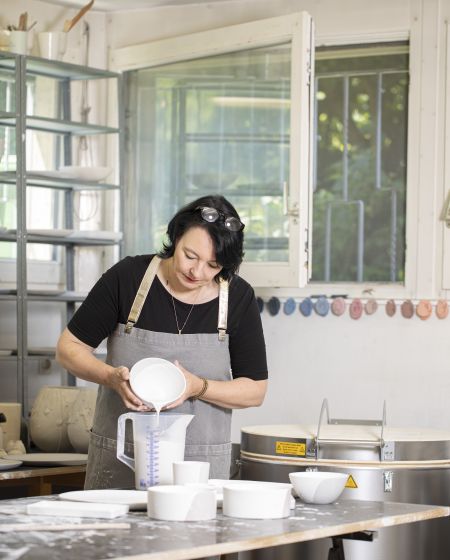
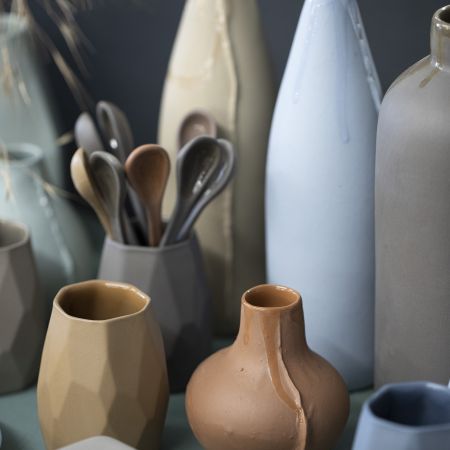
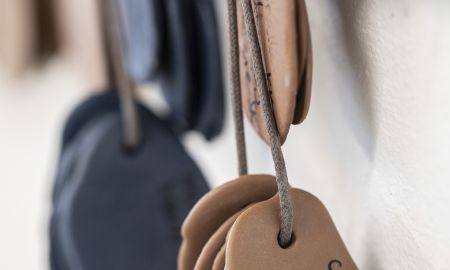
Patience is crucial
Sometimes the whole family helps out when things have to go quickly. Many steps are necessary to produce the magic: the edges have to be rounded off with a sponge, and the colour is only visible after firing, so various shelves for the different stages are important. Otherwise, when working the edges with a sponge, the colours would look mixed and smeared. The plaster moulds must also be cleaned thoroughly and then stored to dry. The seams are a special feature emphasised by Patsy, especially on vases, so what is normally an invisible necessity is turned into a little extravagance that has become a trademark of hers. The raw firing provides the necessary strength, then the transparent glaze is applied to the now coloured items. After the glaze firing is done, three days have passed. "Patience is crucial in this work. I’ve often had to learn that the hard way," she laughs. Opening the kiln too early is just as disastrous as working the edges too hard - with fine items like spoons for coffee cups, something can quickly get broken. Consequently, she’s learned a lot over the years; the entire workshop is very professionally organised and mistakes are a rare occurrence. In her free moments, she works in her huge garden, which always has an unfinished task in store. This too can be a creative and artistic goldmine, something you can glimpse if you’re lucky enough to get a little tour of the private space.
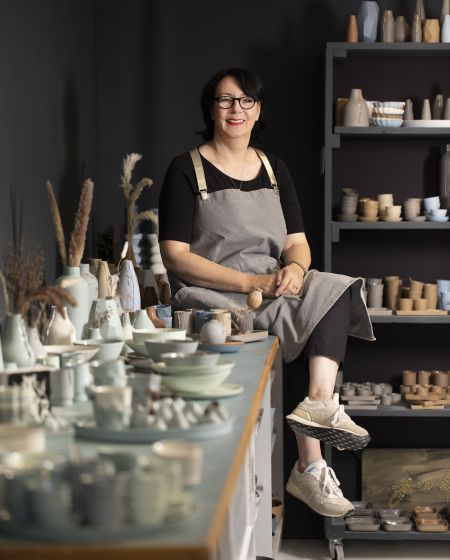
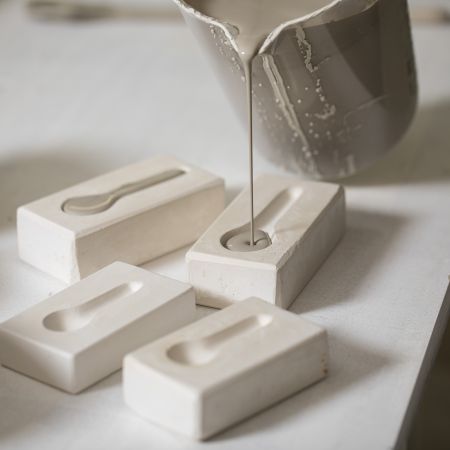
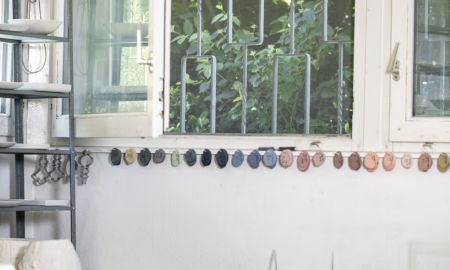
Patsy’s status as a proud regional producer is illustrated by the selection of shops that offer her goods – her porcelain works can be found at “Sasu” in Dornbirn and Vienna, at “Geschenk und Handwerk” in Bezau and, of course, at “Botta” in Lustenau. The best thing, of course, is to visit the artist's very own studio, offering alluring glimpses into the multi-layered processes that go into every plate and every vase. After this, you’ll be even prouder and grateful to drink your espresso from a handmade Patsy Porzellan cup.

